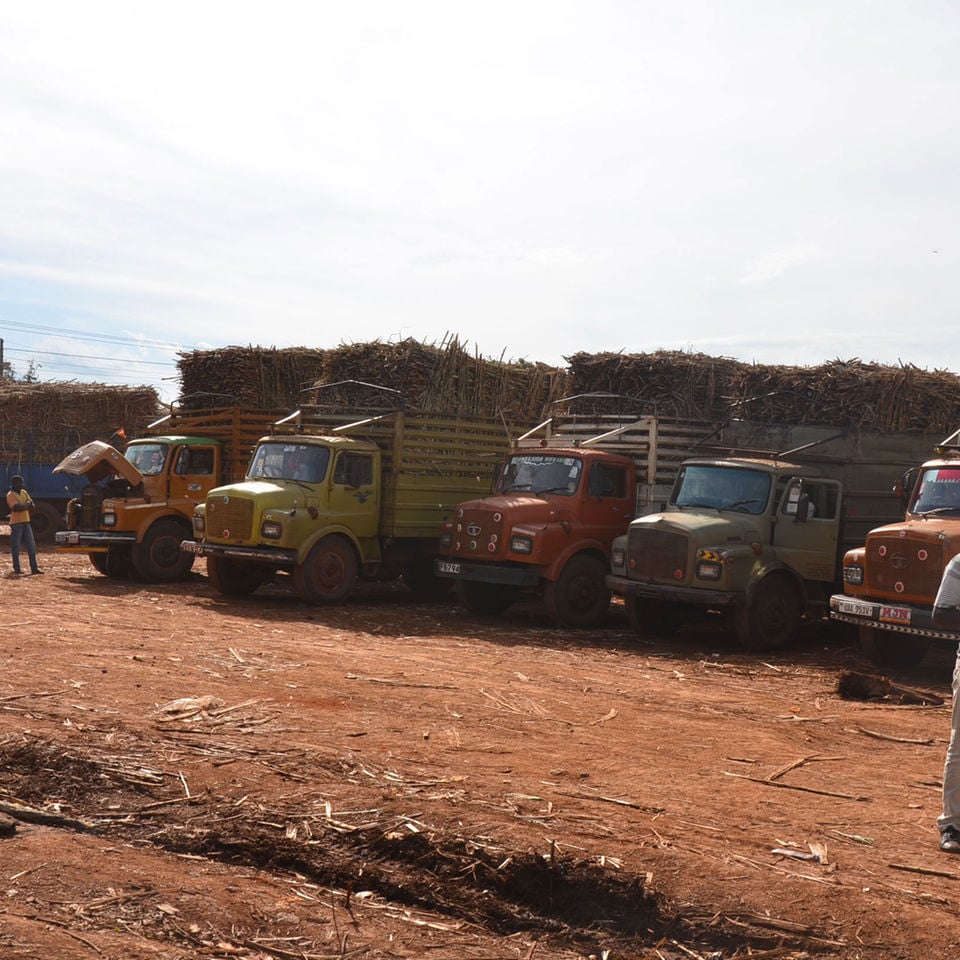Uganda's sugar export volumes drop significantly

A truck loaded with sugarcane in Jinja City.Sugar export volumes dropped due to low cane production, experts suggest. PHOTO/FILE/TAUSI NAKATO
Uganda’s sugar exports have dropped from 150,000 tonnes in the 2021/2022 season to 29,000 tonnes in 2023, according to Asycuda customs reports data to the Uganda Revenue Authority (URA).
According to Uganda Sugar Manufacturers Association (USMA) chairperson Jim Kabeho, the low export volumes are a result of limited supply of sugarcanes, leading to low production.
“The shortage of cane in our factories affected our ability to export more sugar in 2023 compared to previous years, and this was due to shortage of cane and low production,’’ he told Monitor on Tuesday.
According to Kabeho, 2023 saw the exportation of sugar to four East African Community (EAC) member states, including South Sudan, The Democratic Republic of Congo (DRC), Kenya and Burundi.
Kenya was Uganda’s biggest export market, but despite the bad security along its routes, Sudan took the highest bid at 47.88 per cent, according to Asycuda customs reports data.
“It is now a big shame that sugar is being smuggled from Kenya to Uganda through illegal routes because it is very cheap at the Busia border,’’ Kabeho noted, adding that they had bilaterally agreed to export 90,000 metric tonnes of sugar annually to Kenya, but due to poor production, very little was exported last year.
He added: “Rwanda, which had closed its border in 2019, reopened and we started exporting sugar again on a small scale, while Tanzania continued to limit our sugar exports. Very little sugar has been exported there because it was limited to only 20,000 metric tonnes.’’
Uganda also exported 1.2 per cent of its sugar to Europe (Netherlands, Belgium and Italy), according to Kabeho.
Sugar Corporation of Uganda Limited (SCOUL) Assistant General Manager Wilberforce Mubiru said Kenya’s move to allow the importation of duty-free sugar also reduced Uganda’s export volumes.
“Low export volumes affect the country’s foreign exchange earnings. Once we produce less and export less, we lose the market, and gaining it back becomes a challenge. Once you lose the export market, the country loses the revenue that we would have got from sugar export,’’ he explained.
In February 2022, the national sugar production was estimated at 600,000 metric tonnes annually, with national consumption of about 380,000 metric tonnes. That left approximately 220,000 metric tonnes available for export, annually.




